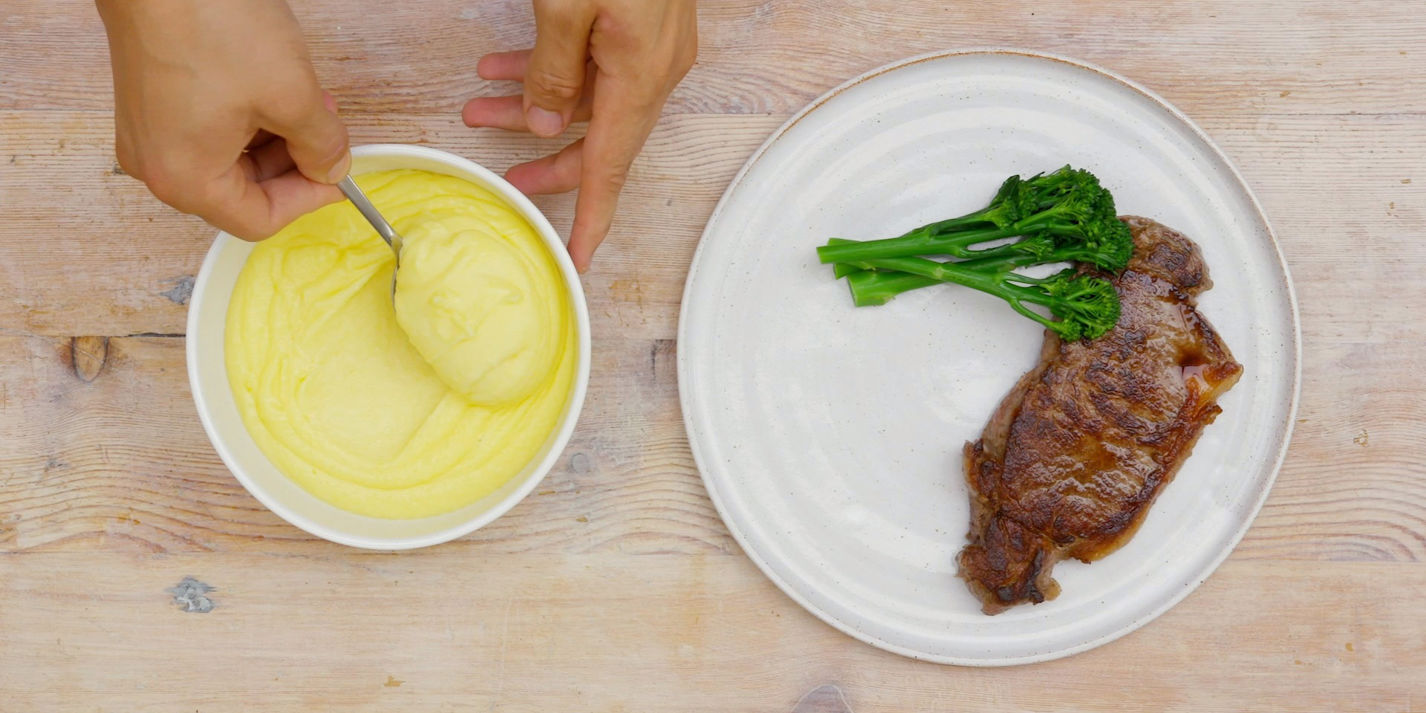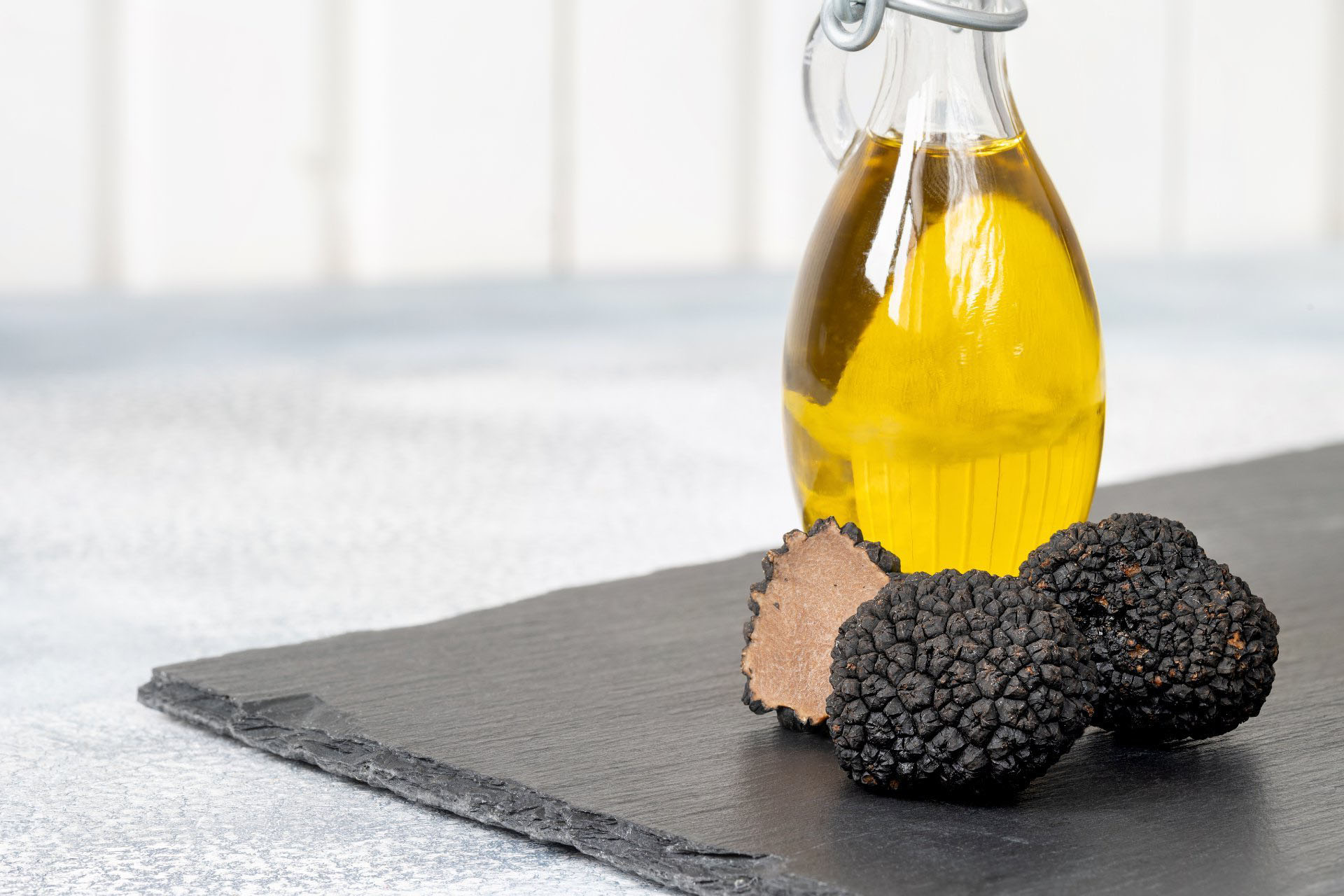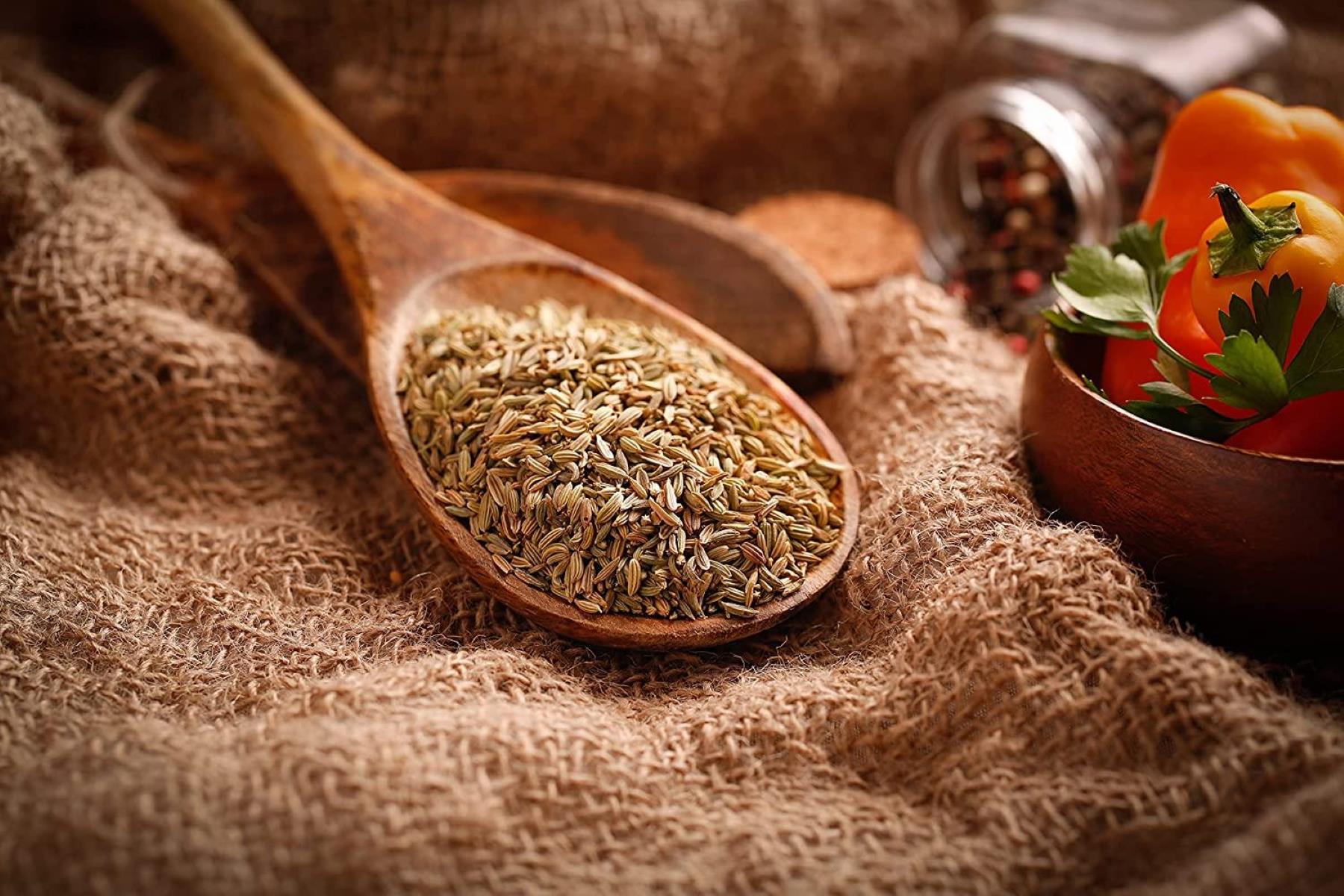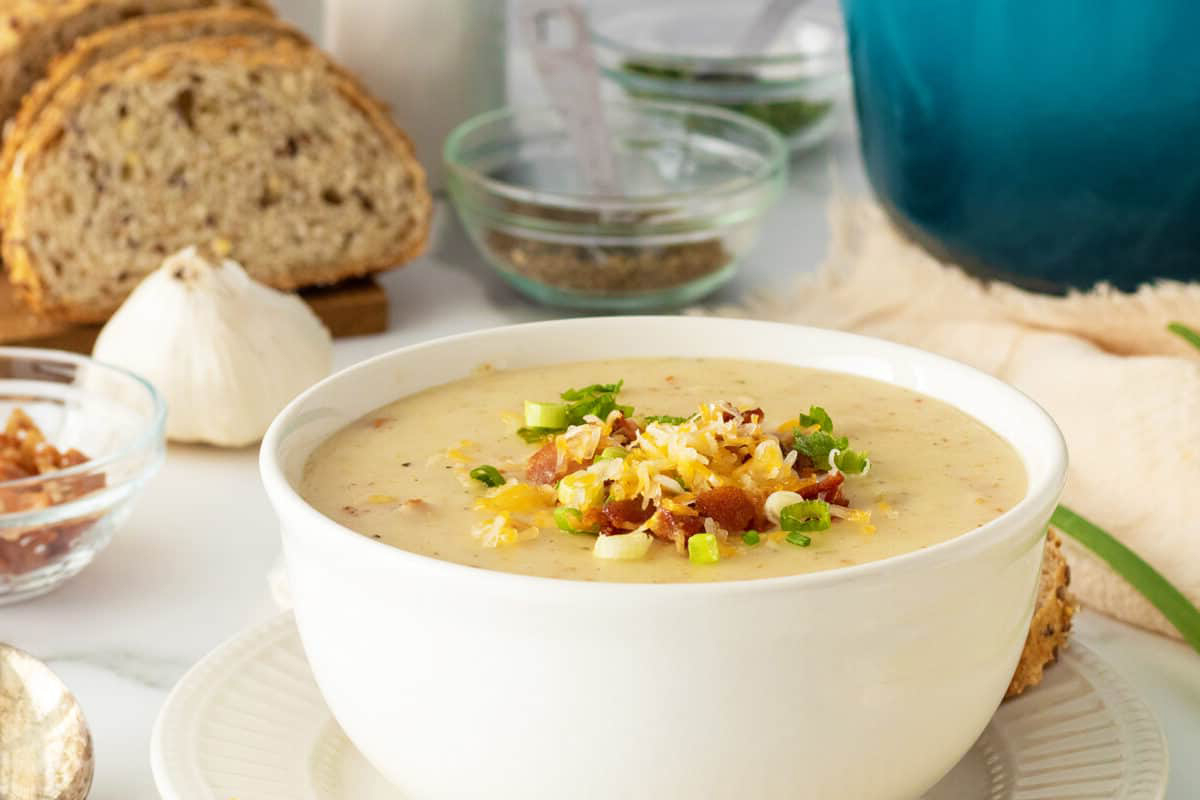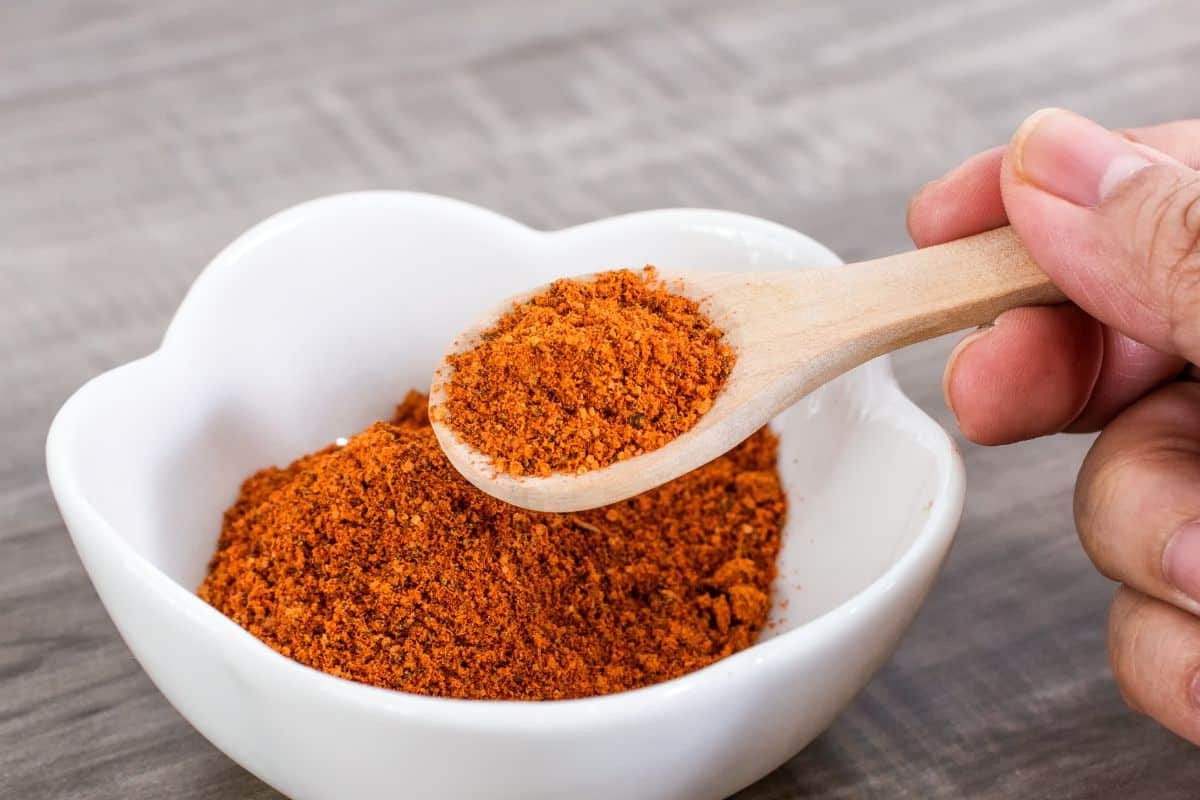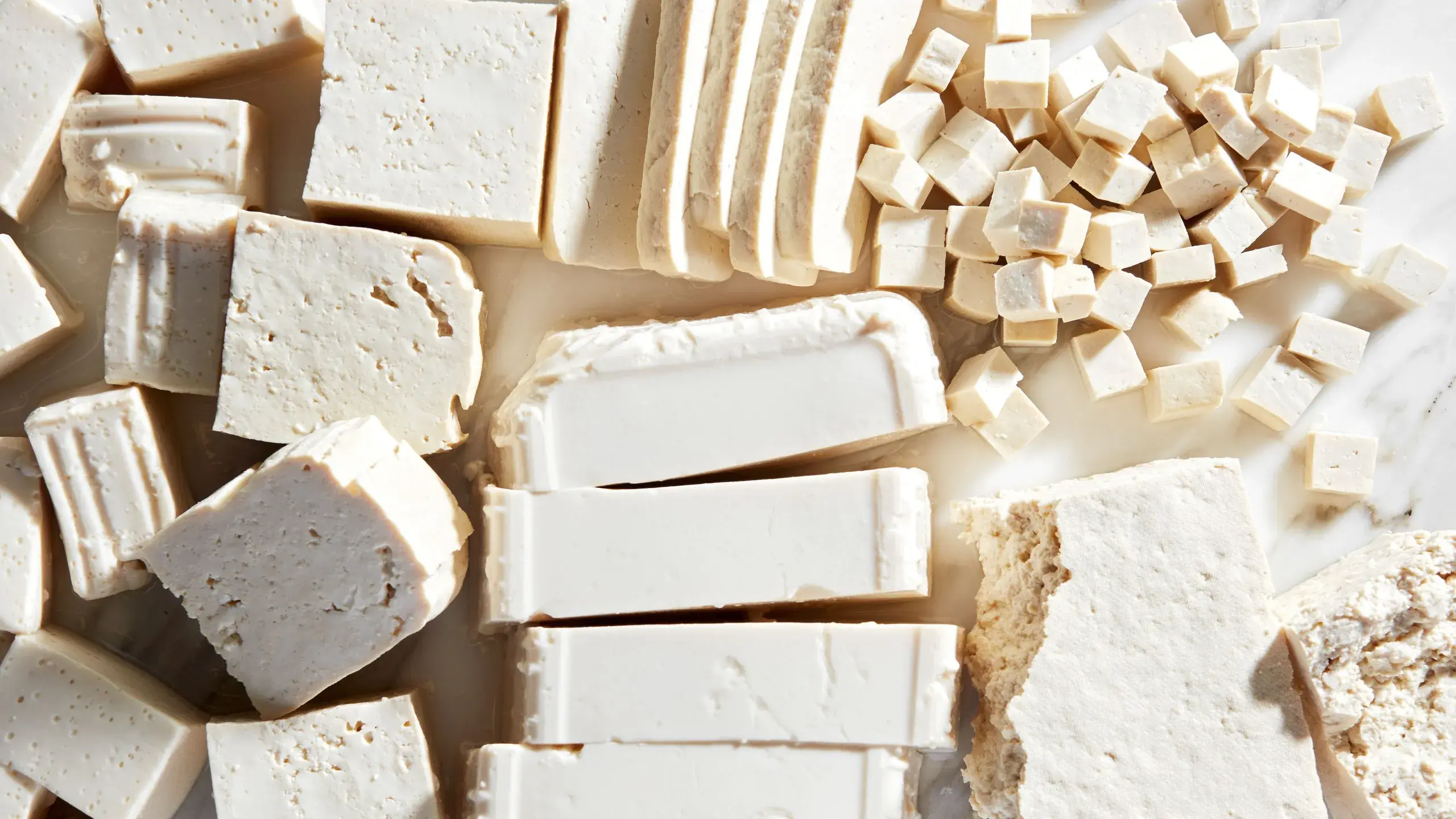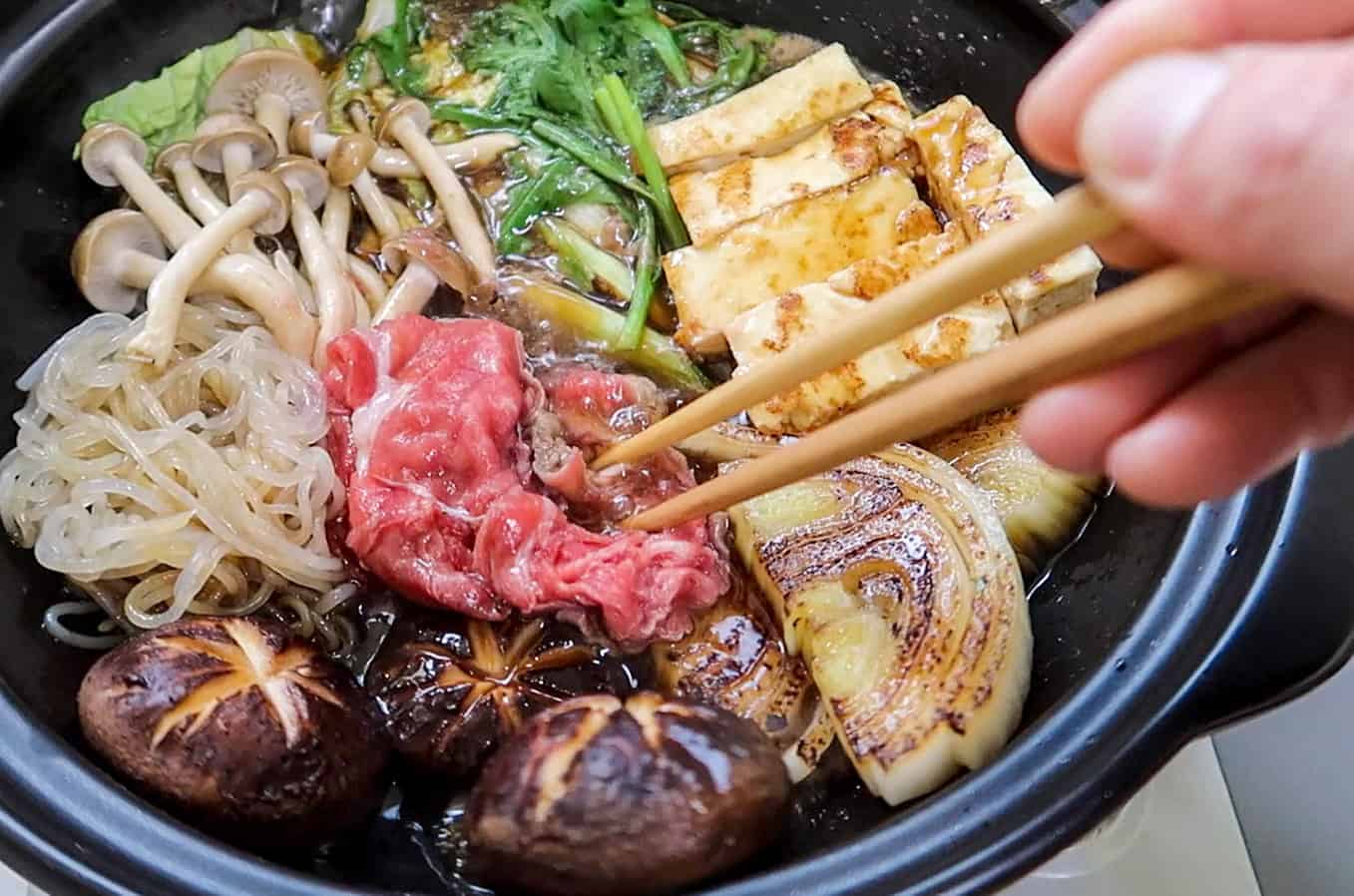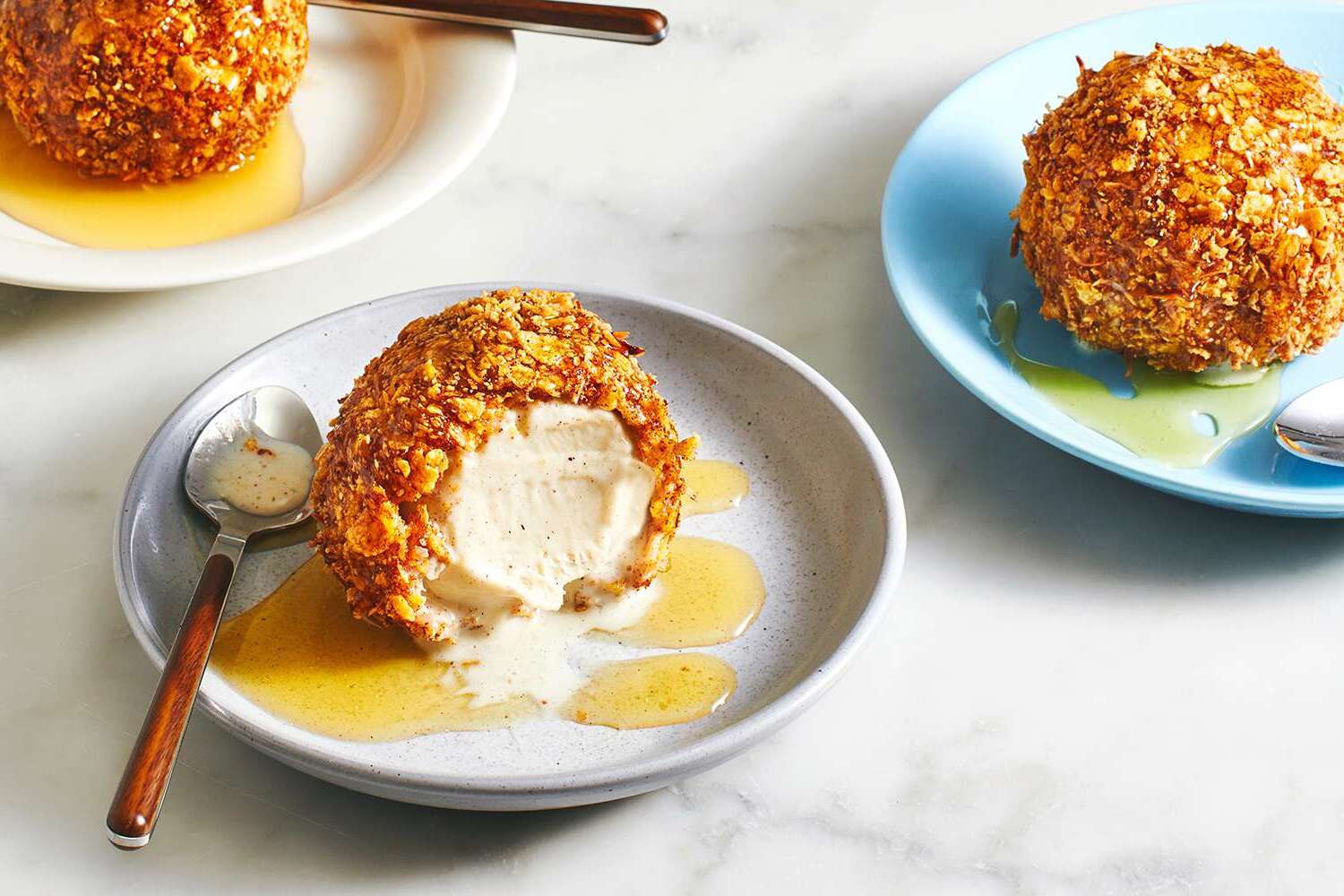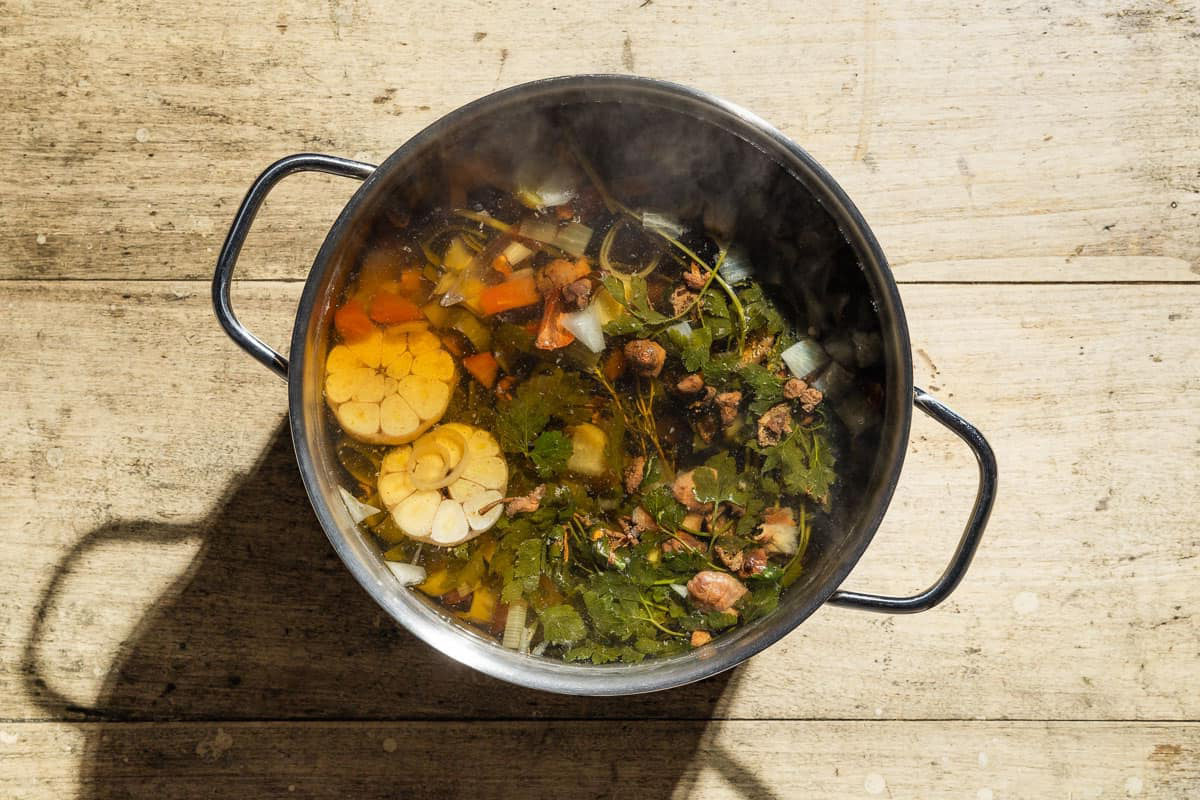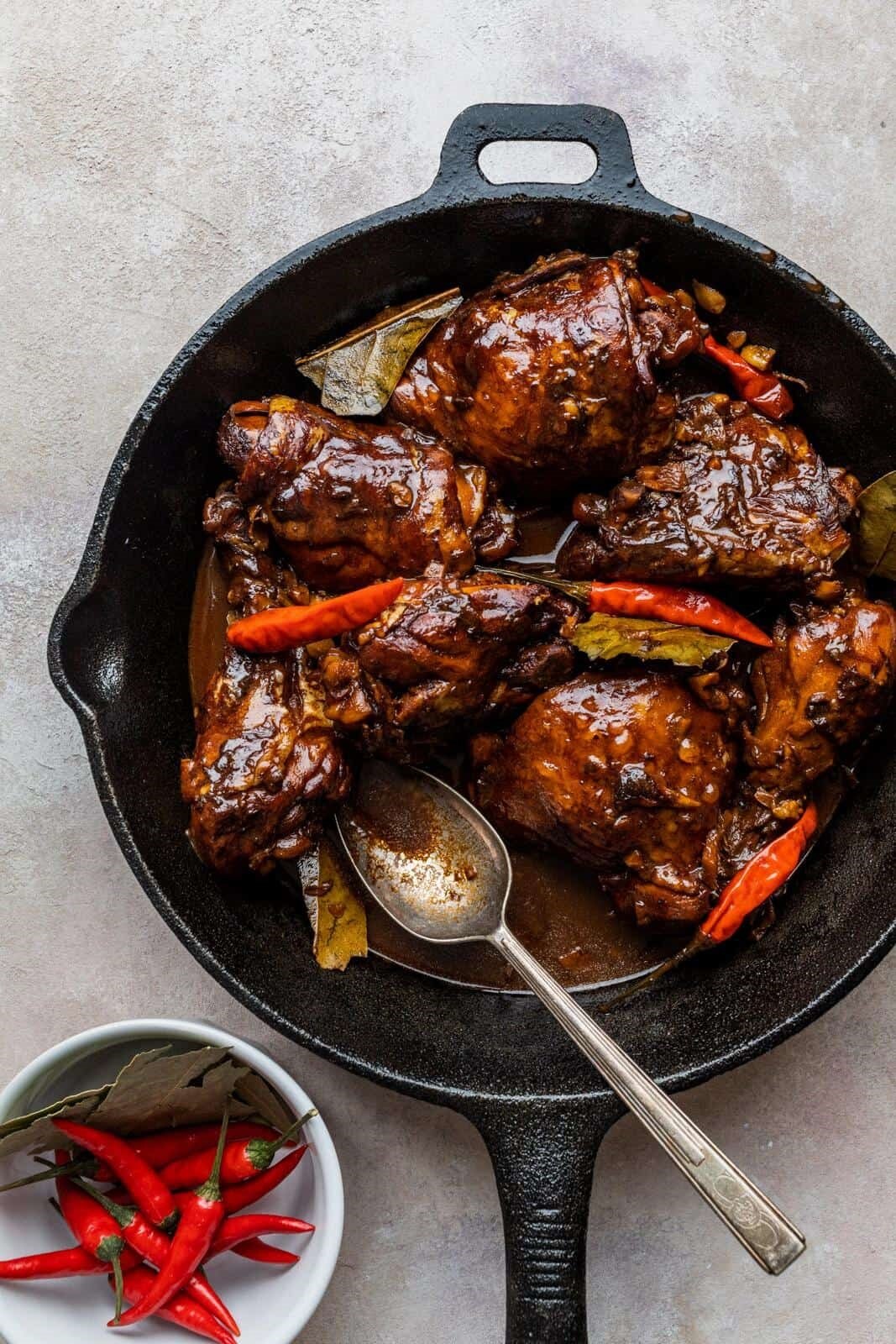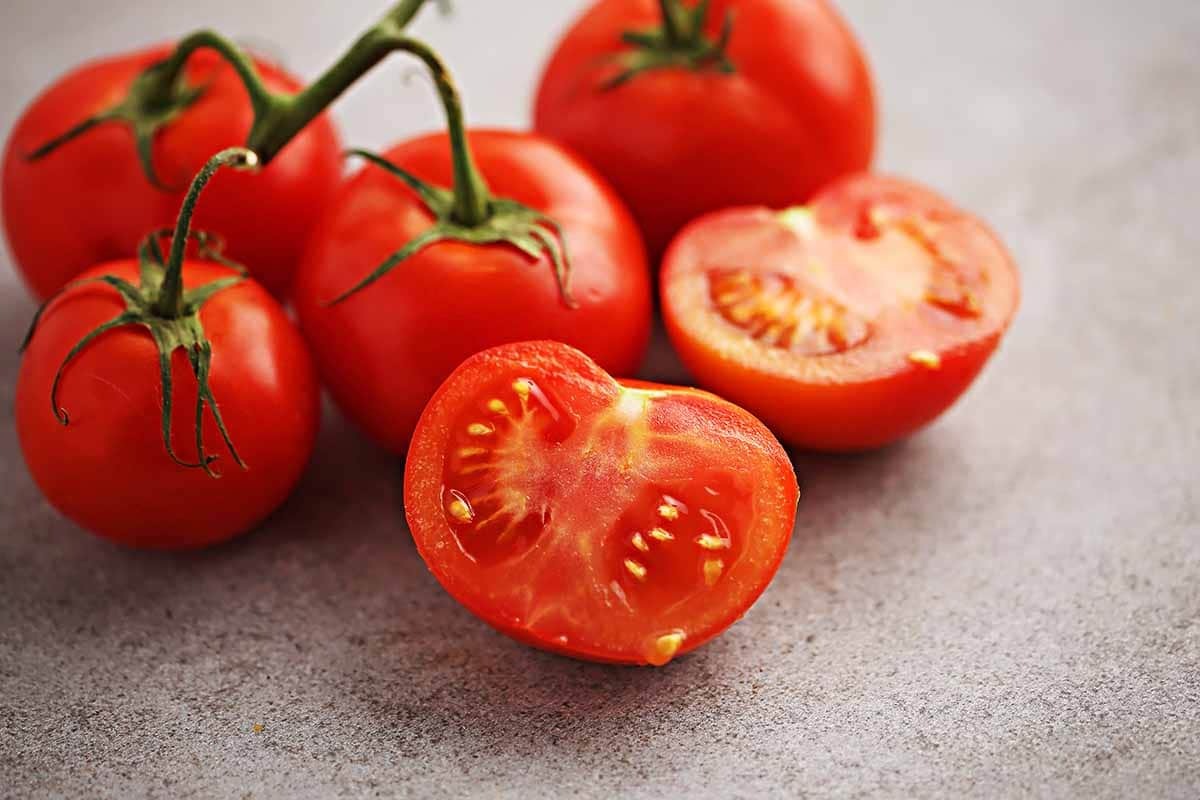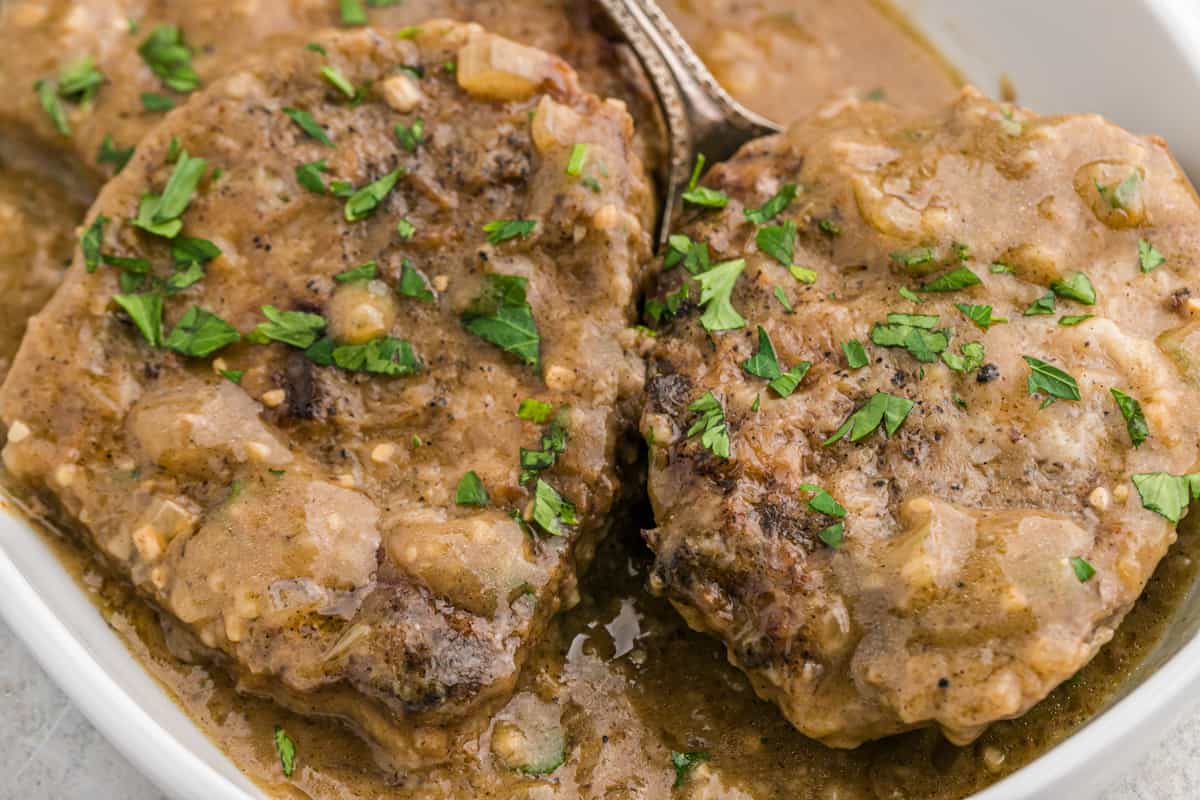Discovering the Delightful World of Plum Pudding
Have you ever wondered what exactly plum pudding is? This traditional English dessert has a rich history and a delicious taste that has made it a favorite during the holiday season. Let’s delve into the world of plum pudding and uncover what makes it so special.
What is Plum Pudding?
Plum pudding, also known as Christmas pudding, is a classic British dessert that is typically served during the festive season. Despite its name, plum pudding does not actually contain any plums. Instead, it is a rich, dense pudding filled with a variety of ingredients such as dried fruits, spices, suet, breadcrumbs, and sometimes a splash of alcohol.
The History of Plum Pudding
Plum pudding has a long history that dates back to medieval England. Originally, it was a savory dish containing meat, root vegetables, and spices. Over time, the recipe evolved to include sweet ingredients, and it became associated with Christmas celebrations. In fact, plum pudding has been a part of English Christmas traditions since the 14th century.
How is Plum Pudding Made?
The process of making plum pudding is a labor of love that often begins months before it is served. The ingredients are mixed together and left to mature, allowing the flavors to meld and develop over time. On Christmas Day, the pudding is steamed or boiled, then flamed with brandy or rum before being served with a dollop of creamy custard or a scoop of vanilla ice cream.
Why is Plum Pudding Popular?
Plum pudding’s popularity can be attributed to its rich, indulgent flavor and its association with holiday festivities. The combination of sweet, spiced flavors and the ritual of flaming the pudding before serving adds to its allure. Additionally, the tradition of making plum pudding well in advance and allowing it to mature creates a sense of anticipation and nostalgia for many people.
Modern Twists on a Classic Dessert
While the traditional recipe for plum pudding remains beloved, modern variations have emerged to cater to different dietary preferences. There are now vegan and gluten-free versions of plum pudding that use alternative ingredients to achieve the same rich, moist texture and festive flavors.
Enjoying Plum Pudding
Whether you choose to make your own plum pudding or purchase it from a store, enjoying this delectable dessert is a delightful experience. The warm, comforting flavors and the sense of tradition that plum pudding brings make it a cherished part of holiday celebrations for many families.
So, the next time you come across a steaming bowl of plum pudding, you’ll have a deeper understanding of its history and significance. Whether you’re a fan of traditional recipes or you prefer a modern twist, plum pudding is a timeless treat that continues to bring joy to tables around the world.
Was this page helpful?
Read Next: What Is The New Pepsi Flavor?
